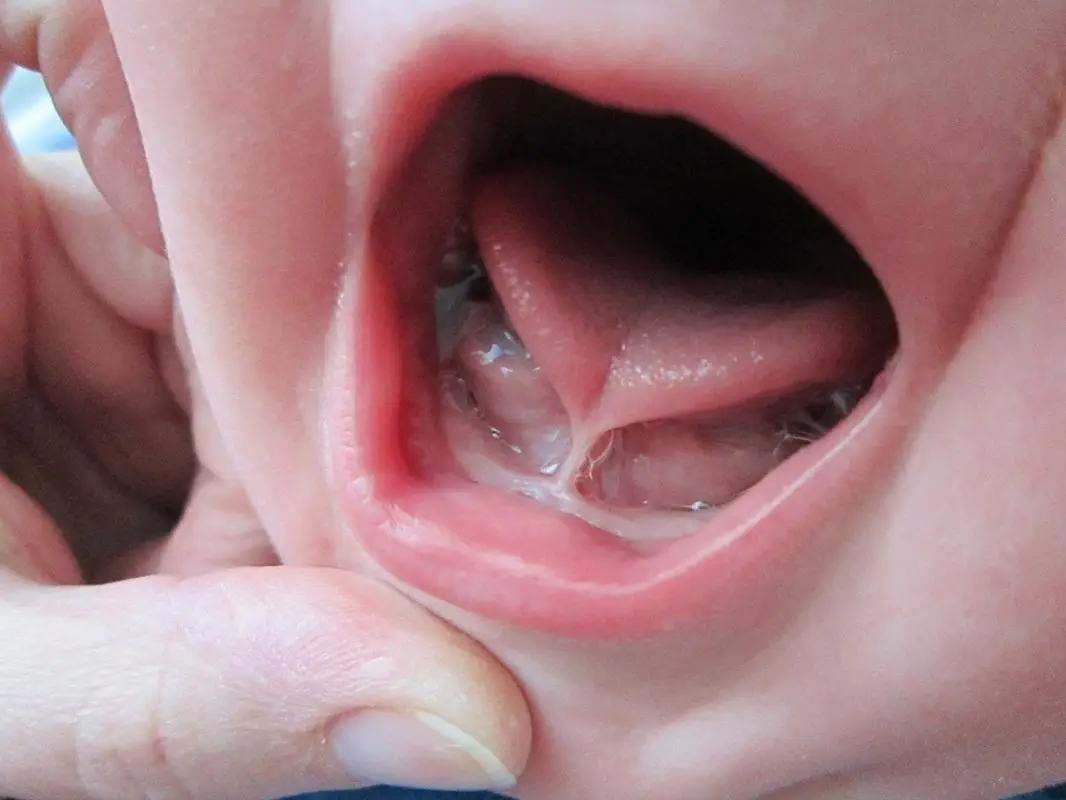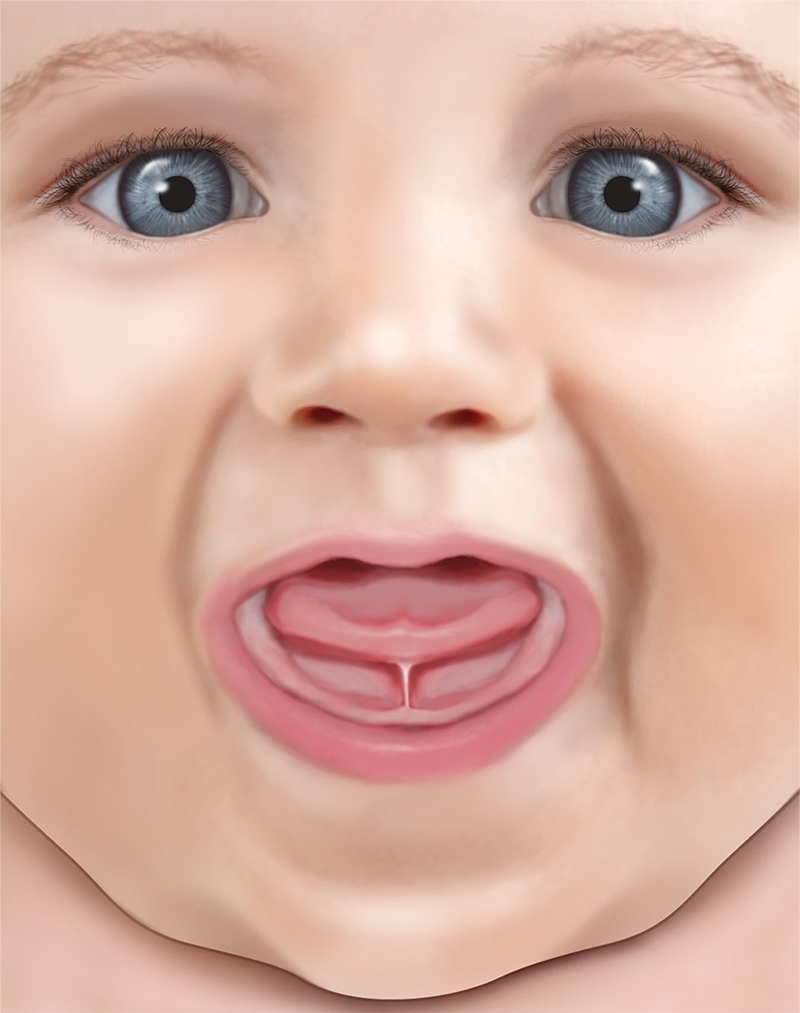
What is a tongue-tie?
As a baby develops in the womb, the tongue separates from the floor of the mouth. A tongue-tie happens when the tongue does not separate enough. Some tongue-ties are thin while others may be chunky.
Some tongue-ties do not cause problems — babies can feed and older children can talk normally. Other tongue-ties do cause problems.
What are the benefits of tongue-tie division?
Your baby should be able to feed better and their oral hygiene should improve.

Are there any alternatives to tongue-tie division?
Some tongue-ties divide on their own or tear on the lower teeth or when your baby chews on something.
If the tongue-tie is causing feeding problems, dividing the tongue-tie is the only effective treatment.
What does the procedure involve?
If your baby is young and has no teeth, they will not need an anaesthetic. The healthcare team will simply wrap your baby so they cannot move around and then carefully divide the tongue-tie with surgical scissors. The procedure will not hurt your baby as there are very few nerves in that part of the mouth.
What complications can happen?
Tongue-tie division complications
- discomfort
- there may be some dark blood in your baby’s nappy or they may vomit a small amount of dark blood
- infection
How soon will my baby recover?
Babies under 3 weeks old usually go straight back to feeding. Older babies may take 1 or 2 days to settle.
Wounds in the mouth usually heal quickly.
You will need to re-educate your baby on how to breastfeed without chomping.


